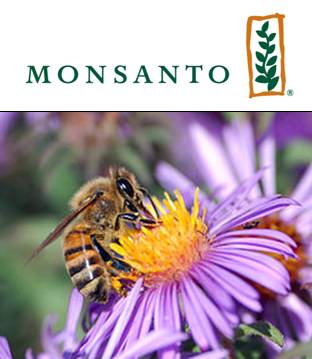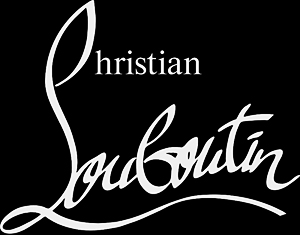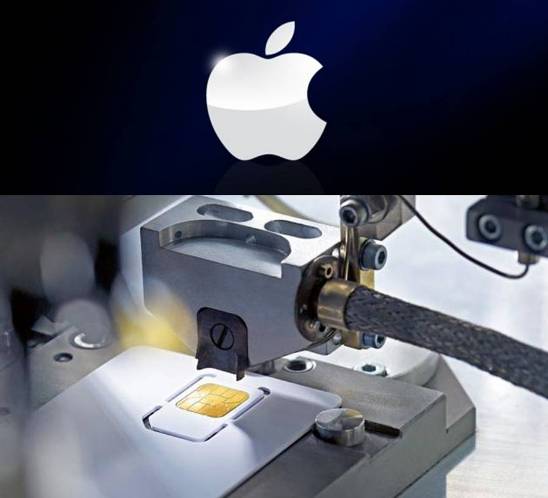
A spate of recent events in the public eye has placed Monsanto in a rather undesirable spotlight with regard to their IP management as the media machine runs its predictable course of smoke and mirrors in an aggressive volley with Monsanto’s PR department. While we attempt to separate reality from conjecture below regarding the technical, legal, and business aspects, and to highlight the IP-strategy issues at stake, it is safe to say that in such matters when the cat’s out of the bag, it needs to run its course. However, it just might knock a few things over and break them in the process.
In the following trio of analyses, aside from the legal matters at hand and their merits, the barometer of public opinion is being influenced by a “where there’s smoke, there’s fire” suspicion of Monsanto’s IP management, creating a “guilty until proven innocent” attitude among public-advocacy activists. The three sections deal with Monsanto’s patent litigation and enforcement being scrutinized under the patent-exhaustion doctrine (below), Colony Collapse Disorder and Monsanto’s acquisition of Beeologics, legislative efforts to mandate the labeling of genetically-modified foods, and final remarks on the trifecta.
This emphasizes the sensitivity required by large corporations to preserve brand equity and image in the face of civic scrutiny, whether a “witch hunt” is justified or not. As Colin Newman of Wire once said, “Instincts never leave you perfectly clear; there’s always a buzz buzz buzz in the drum of the ear.”
________________________________
Jimmy crack corn and I don’t care – my master’s gone away
Monsanto’s attempts to enforce its IP rights against infringers through patent litigation are proving to be non-trivial matters. Monsanto’s transgenic Roundup Ready seeds are patent protected, covering genetically-modified (GM) resistance to Monsanto’s Roundup pesticides. While Monsanto has previously relied on “terminator seeds” which lose their GM attributes after a single planting as a surrogate means of enforcement in their IP strategy, the Roundup Ready seeds have not been engineered in such a manner, meaning the seeds’ unique properties are persistent in future crops as well.
If a farmer chose to reserve a portion of a crop for replanting the next season, the following year’s yield would be just like the first, bypassing the need for Monsanto to supply new seeds annually. In order to enforce their IP rights, Monsanto sells Roundup Ready soybeans (as an example for the case in point below) to farmers under a licensing agreement in the rubric of their IP-management policies which stipulates that replanting future seed generations is strictly forbidden.
The commodity soybean market, which is used for supplying human and livestock provisions, is a viable sales channel for farmers to sell the soybeans they grow. Roundup Ready soybeans sell briskly on the commodity market, accounting for a staggering 94% of all crops planted in Indiana (for the case in point).
In Monsanto Co. v. Bowman, the defendant Vernon Bowman – an Indiana farmer and customer of Monsanto – planted and replanted commodity soybeans instead of using Monsanto’s seeds, which Monsanto alleged was infringement in the patent-litigation case.
Bowman’s assessment of the local market is well worth considering. Bowman realized that such a high market penetration of 94% for Roundup Ready soybeans meant that acquiring commodity soybeans from a local grain elevator would most likely result in Monsanto’s Roundup Ready soybeans at a much lower price and without contractual limitations on replanting.
Bowman argued that the doctrine of patent exhaustion entitled him to use the seeds. Motivated by concerns for competition, and akin to the first-sale doctrine under copyright and trademark law, patent exhaustion means that patent rights in a particular item are “exhausted” when the item is sold to a consumer.
In Quanta Computer, Inc. v. LG Electronics, Inc., the Supreme Court reaffirmed the validity of the patent-exhaustion doctrine, and in doing so made uncertain the continuing precedential value of a line of decisions in the Federal Circuit that had sought to limit Supreme Court exhaustion doctrine decisions to their facts, and to require a so-called “rule of reason” analysis of all post-sale restrictions other than tie-ins and price fixes. The Supreme Court ruled in the patent litigation that LG was not entitled to collect duplicitous royalties from both Intel and Quanta for the same product.
In the course of restating the patent-exhaustion doctrine, the Supreme Court held that the exhaustion doctrine is triggered by, among other things, an authorized sale of a component when the only reasonable and intended use of the component is to practice the patent, and the component substantially embodies the patented invention by embodying its essential features. The Supreme Court also overturned, in passing, the part of the lower-court’s decision that held that the exhaustion doctrine was limited to product claims, and did not apply to method claims.
Bowman argued that, upon execution of a sale to a farmer, Monsanto exhausted all its seed rights, both for the seeds being sold and their future progeny. Lacking any contractual agreement for the purchase of commodity seeds, Bowman argued that he was free to plant the seeds, and even to save and replant each season’s crop for future seasons. Such a formulation has all the trappings of the classic free-rider problem.
In keeping in line with their IP strategy, Monsanto replied that each new seed generation is a separate product, requiring a separate patent license for each. Thus, Monsanto was in effect contending that Bowman was illegally “manufacturing” infringing soybeans. The US Court of Appeals for the Federal Circuit (CAFC) ruled in Monsanto Co. v. Bowman that patent exhaustion did not cover second-generation seeds.
This is somewhat analogous to restrictions on illegal reproduction related to copyright infringement on works such as books, films, music, and software. In such matters, the first-sale doctrine does not exclude such unauthorized copying from constituting copyright infringement, and by way of analogy, neither does the exhaustion doctrine exclude Bowman’s use from constituting infringement in the patent litigation.
However, Monsanto’s de facto 94% share in Bowman’s locale exacerbates their position and IP-management efforts. The fact that Monsanto requires consumers to obtain permission for planting Roundup Ready seeds in such a marketplace could be argued to place an unrealistic burden on consumers to avail themselves of the paltry 6% of seeds unencumbered by Monsanto’s IP rights. In such a scenario, farmers would have to test seeds to verify that they were free to use the seeds legally.
In Bowman v. Monsanto Co., a petition for a writ of certiorari was filed with the US Supreme Court in which now the appellant Bowman asked the Court:
Patent exhaustion delimits rights of patent holders by eliminating the right to control or prohibit use of the invention after an authorized sale. In this case, the Federal Circuit refused to find exhaustion where a farmer used seeds purchased in an authorized sale for their natural and foreseeable purpose – namely, for planting. The question presented is:
Whether the Federal Circuit erred by (1) refusing to find patent exhaustion in patented seeds even after an authorized sale and by (2) creating an exception to the doctrine of patent exhaustion for self-replicating technologies?












